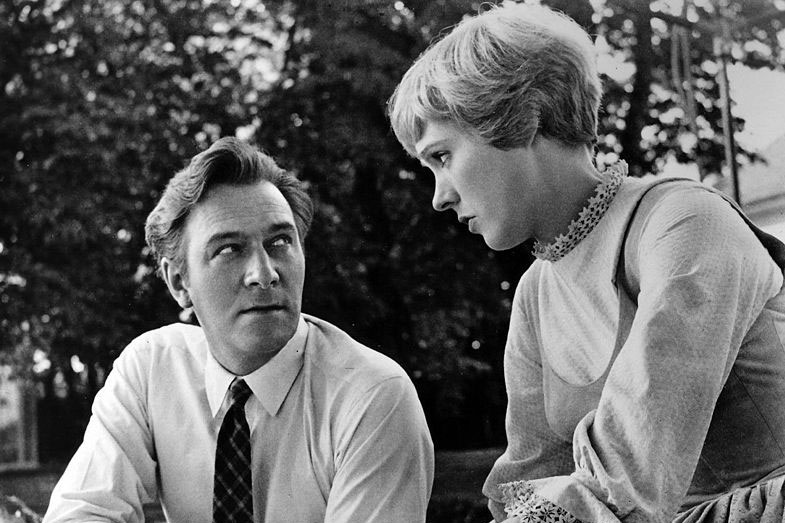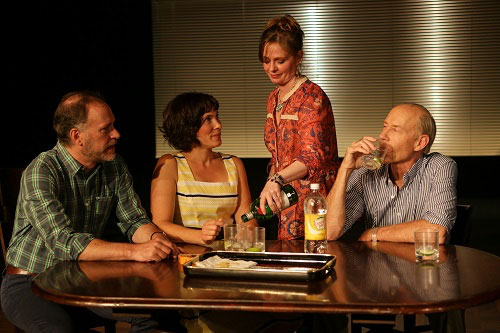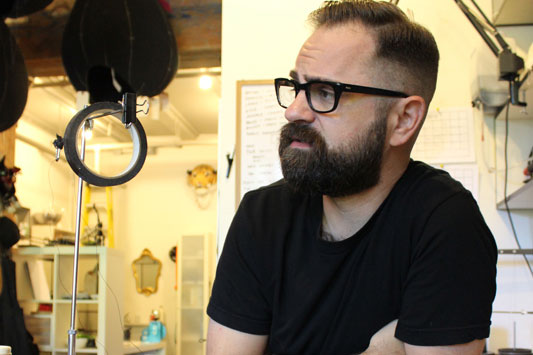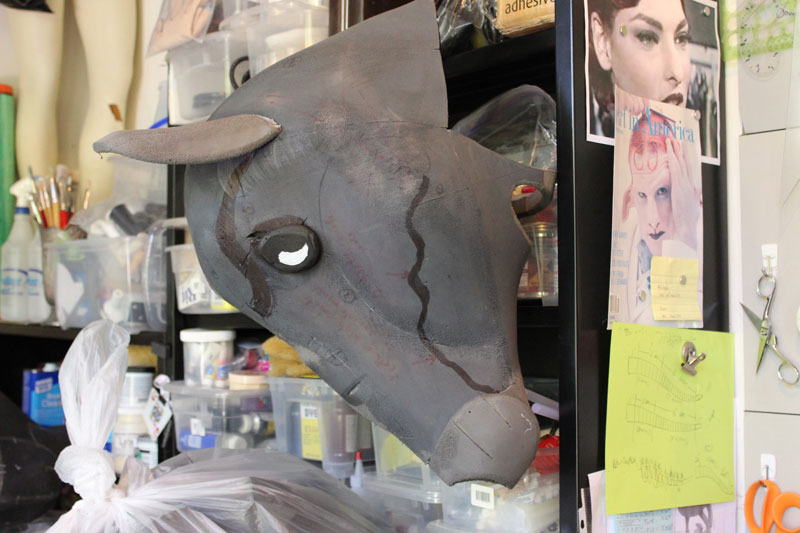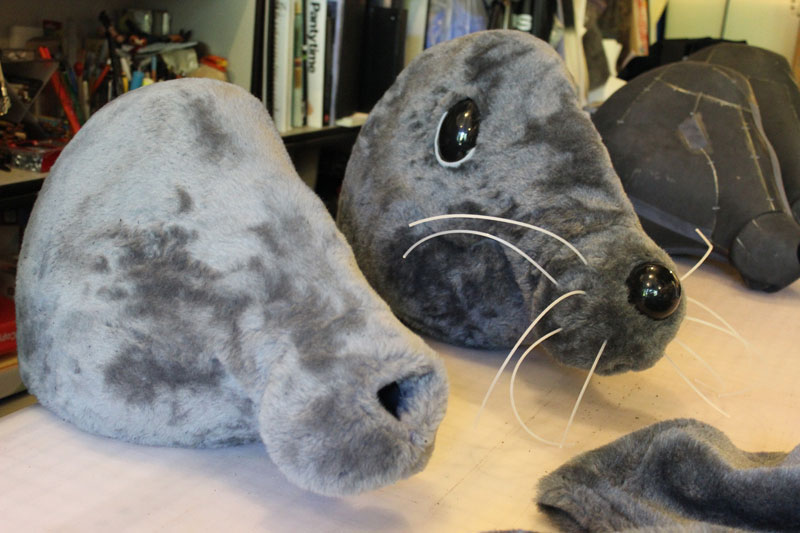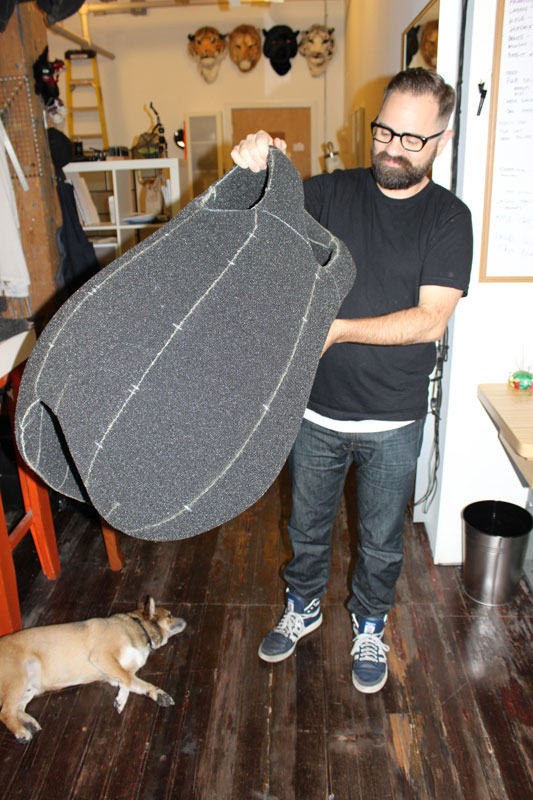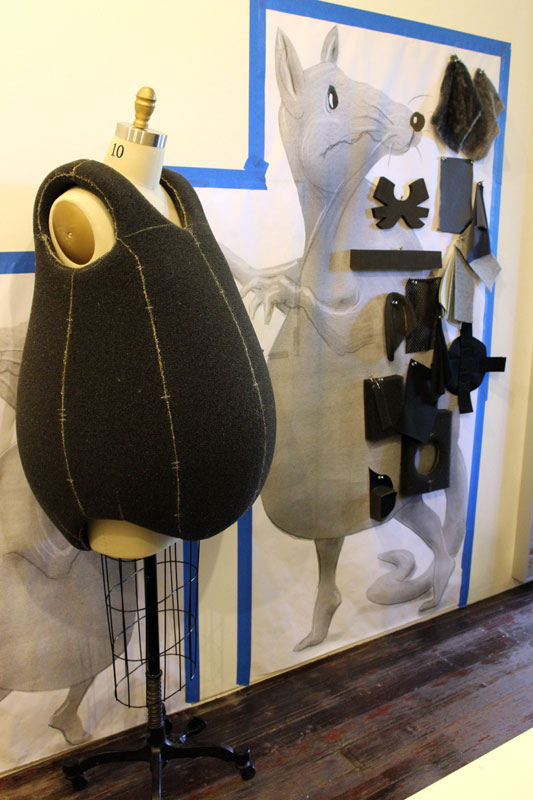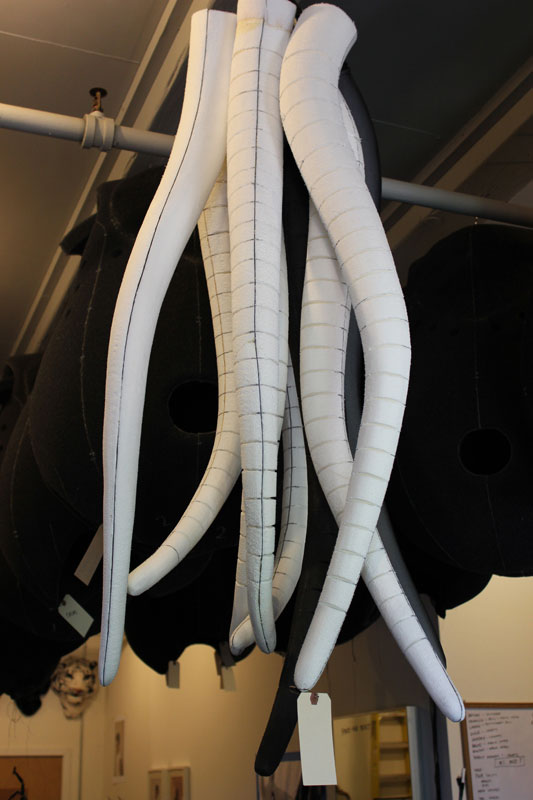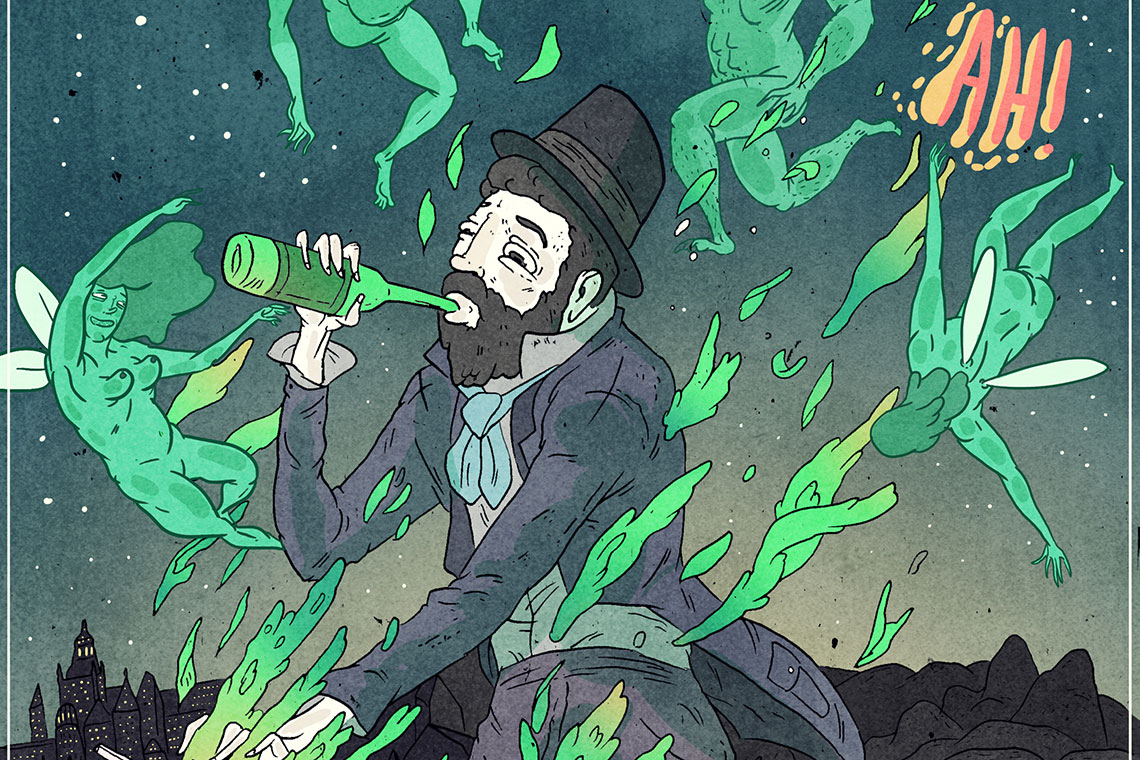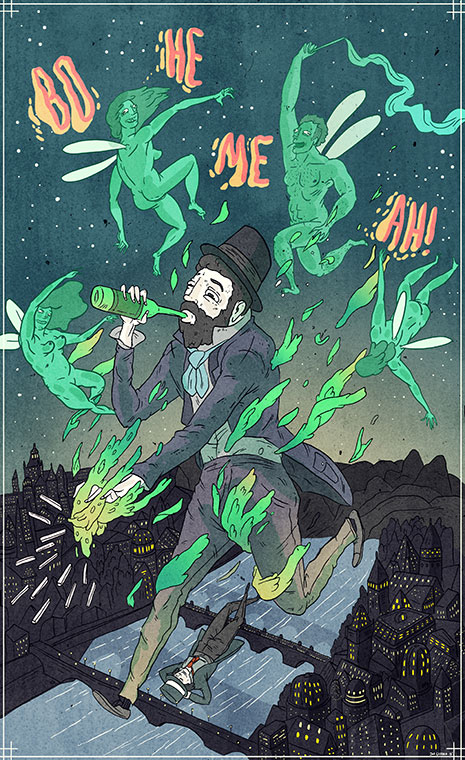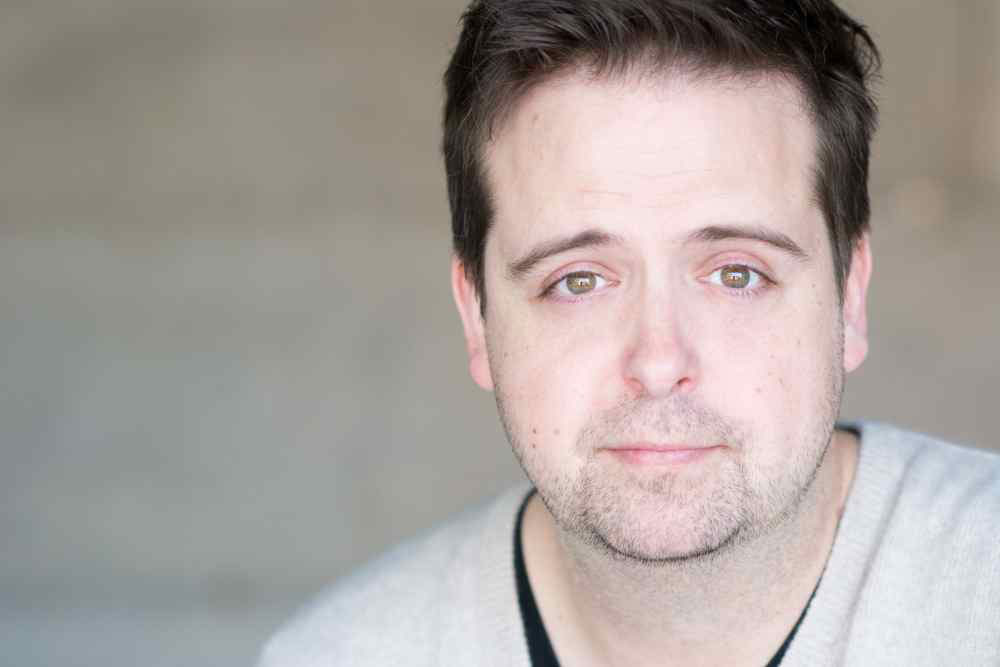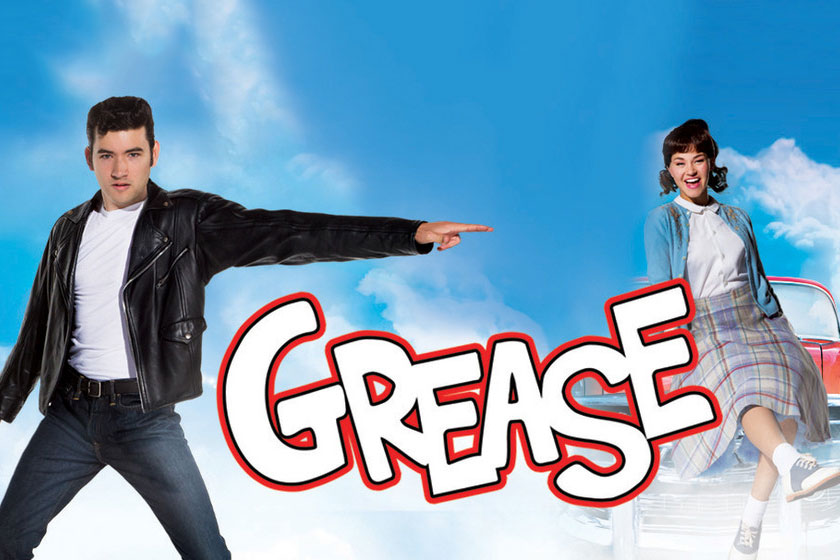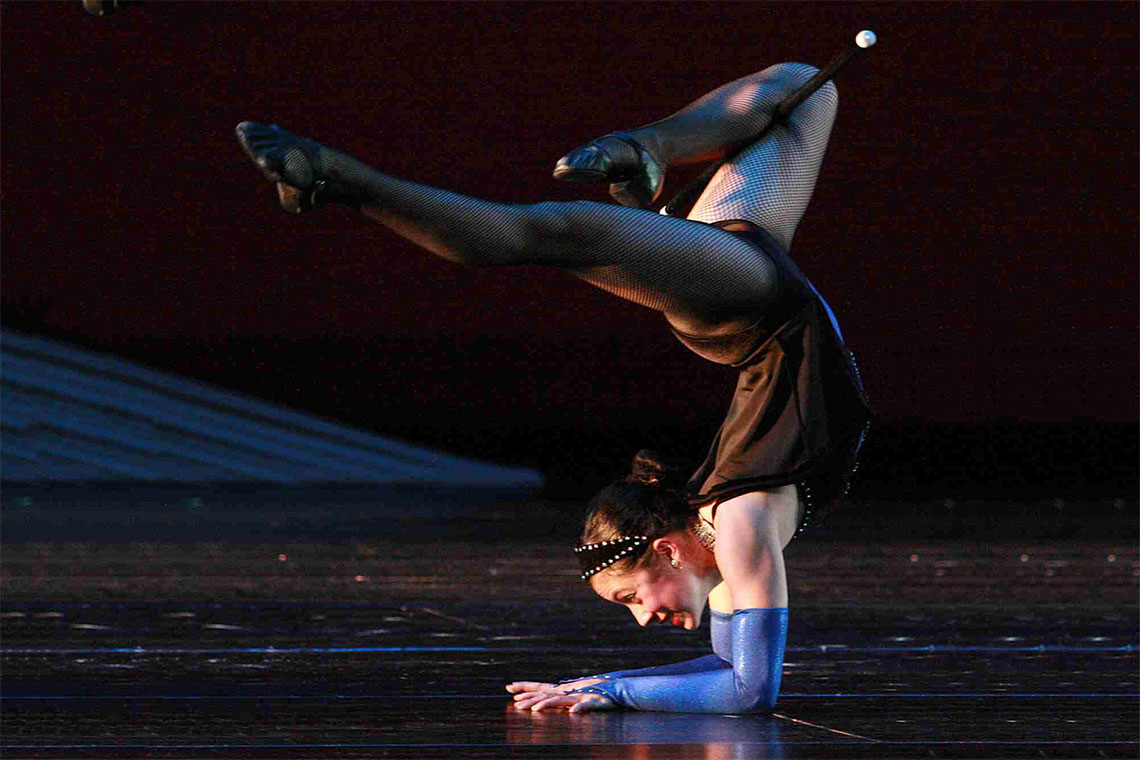In July of 2014, I had been somewhat excited to see The Book of Mormon. My parents scored tickets, so I didn’t have to pay—big plus. Also, I like going to live shows in a general sort of way, mainly for the conversational ammunition.
ME: “I went to this or that show last night.”
SOMEONE ELSE: “Oh, really? How was it?”
ME: “Well let me tell you—for the next several moments, I won’t be desperately grasping for something to say!”
That kind of thing.
I certainly expected it to be good. It was hyped to the moon. It won so many Tonys that I’m pretty sure they ran out of statuettes. Jon Stewart had said it was “so good it makes me fucking angry” and the New York Times called it “something like a miracle.” Actual respected critics were claiming that it was the funniest musical ever. So, yeah, I would say that I was moderately excited—roughly a 7.2 on the excitement scale.
I wasn’t emotionally prepared to watch the greatest live show I have ever seen. That’s the sort of thing you need to steel yourself for. I quickly became overwhelmed. The show began with Trey Parker’s pre-recorded voiceover about the history of Mormonism. It was amusing, but not unexpected. Then the curtain opened, and the show proper opened with the musical number “Hello!” About 45 seconds in, the hairs stood up on the back of my neck. I had fully expected Book of Mormon to be funny. I thought South Park was funny, I thought Team America: World Police was (occasionally) funny. What I had not anticipated was that the show would be beautiful.
Let me be absolutely clear: not everyone will find Book of Mormon to be “beautiful.” Even people who laugh their asses off through the entire show might look at me cockeyed for using that particular word to describe this kind of entertainment. You see, Book of Mormon is unbelievably offensive. It’s so offensive that I couldn’t explain to my grandmother in any sort of detail what was so offensive about it. I didn’t want to be responsible for putting that kind of imagery in her head. The show gleefully crosses all of the major lines: race, religion, rape, AIDS, genocide, Star Wars—then it creates entirely new lines and dutifully proceeds to gleefully cross those.
I’m no great fan of provocation. I lost my taste for shock comedy about ten years ago and haven’t looked back since. I’m old and tired and I’ve had my fill of being provoked. What Book of Mormon accomplishes, to my mind, is something more like catharsis. It’s a relentless barrage of horrifying language, hysterical jokes and gorgeous, impeccably crafted music. My brain had a hard time processing songs like “Hasa Diga Eebowai,” which is a fun and catchy parody of The Lion King’s “Hakuna Matada.” Also: the name of the song loosely translates to “Fuck you, God.” It’s a jaunty little ditty about the unimaginable horrors that the show’s Ugandan characters endure on a daily basis.
Book of Mormon is the musical theatre equivalent of a tight rope act at 1000 feet, without a net. There are a million ways it could end in disaster, but Parker and Matt Stone somehow pull it off. One of the major reasons it somehow delights more people than it repels is the fact that Book of Mormon has a huge heart. It never doubts the sincerity of its young missionaries even as it mocks them as repressed, naïve and delusional squares. Each and every Mormon, hilarious as the show clearly finds them, is undeniably operating with the purest of intentions. The persistent fusion of withering cynicism and deep-rooted humanity is bracing and strangely moving.
There is something undeniably powerful about this show. Consider this: Book of Mormon is an absolutely merciless takedown of the Church of Latter Day Saints. A sizable percentage of the jokes are about how ridiculous and implausible the mythology of the Mormon Church is. It’s unquestionable that Stone and Parker find this religion to be founded on lies and delusions. And yet when I saw it last year at the Paramount, the Church of LDS was actually advertising in the programs. It was a full-page promotion that said “You’ve seen Book of Mormon, now are you ready for the real thing?” The Mormon Church has, for the most part, had a somewhat amused and often welcoming reaction to the phenomenon. It’s the Teflon musical.
When a piece of art really resonates with me, I get a weird tingly feeling that shoots from my lower back, up my neck and over the top of my scalp. It’s actually a bit unpleasant if it happens a lot—not necessarily painful, but involuntary and spooky. I get it when I watch Terrence Malick films or when I listen to Enter the 36 Chambers. During the final musical number of the first half of Book of Mormon—a hilarious song called “Man Up” which made me cry for reasons I do not understand—the tingling was running up and down like I’d been hooked up to a car battery. It was actually scary. Long after the curtain call, I couldn’t stop thinking about the show. I blathered about it to anyone who was interested, and several people who clearly were not.
Before I saw Book of Mormon I wasn’t really a fan of musicals; nowadays I can’t get enough of them. It was the Rosetta Stone of musicals for me. I see all the singing and dancing that I once viewed as weird and unnatural and I think “Oh, I get it now!” Nowadays, I count The Sound of Music among my favorite movies. I’m getting heavy into the cinema of Vincent Minelli. I currently own the original cast recording of the musical in question and I am in the market for more. The Book of Mormon flipped a switch somewhere inside me. It was an oddly profound experience to come out of a show that features the line “I have maggots in my scrotum” no fewer than four times.
The Book of Mormon runs through January 10 at The Paramount. Check out our intervew with AJ Holmes (Elder Cunningham).

